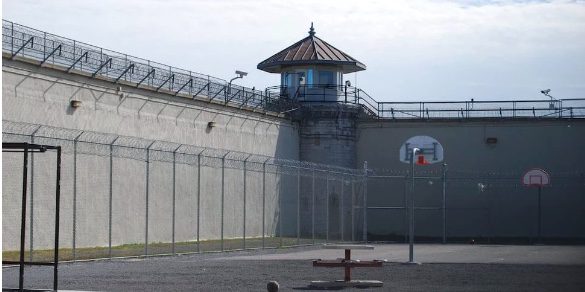
U.S. prison work programs at exploitative and traumatizing says former inmate
The U.S. has one of the highest rates of incarceration in the world – housing over 20% of the world’s prison population while having less than 5% of the world’s total population. Within 3 years of their release, 2 out of 3 formerly incarcerated persons are rearrested and more than 50% are incarcerated again – a troubling cycle known as recidivism. The U.S. has one of the highest recidivism rates in the world.
Why is this?
According to Dyjuan Tatro, it’s because, “Prisons are designed to warehouse, traumatize and exploit people, then send them back home in worse shape than when they entered the system.”
Built for failure
Almost immediately after Tatro was sent to prison, he, like many others, was assigned to what correctional facilities term “programs” – essentially, prison jobs. His job involved sweeping prison hallways, a task he shared with approximately 30 fellow inmates. Together, they spent countless hours pushing brooms across dimly lit, gray corridors, day in and day out.
Contrary to the popular belief that prison jobs aim to rehabilitate inmates, Dyjuan Tatro’s account paints a starkly different picture. He shares,
In prison, my work was meaningless and dehumanizing. It conveyed no new skills, taught me no life lessons and earned me next to nothing. It did not build my résumé, prepare me to navigate workplace relationships or teach me how to budget. It served only to devalue my labor and person. Prisons are about punishment, not rehabilitation.
I had no choice in whether I went to work or not – and there were no sick days. If I didn’t go, I would be locked in my cell for 23 hours a day. And as little as it was, I needed the pay.
